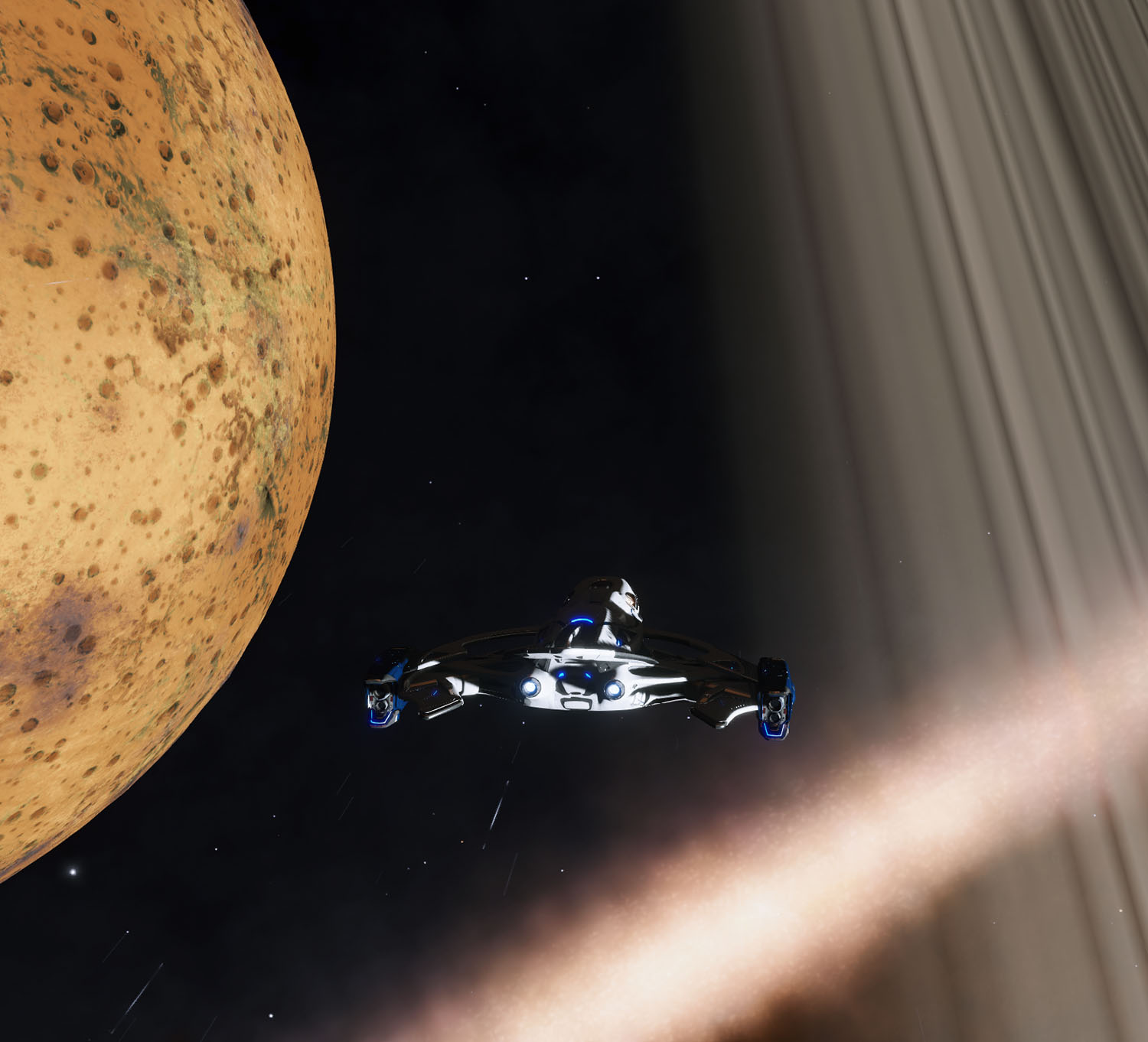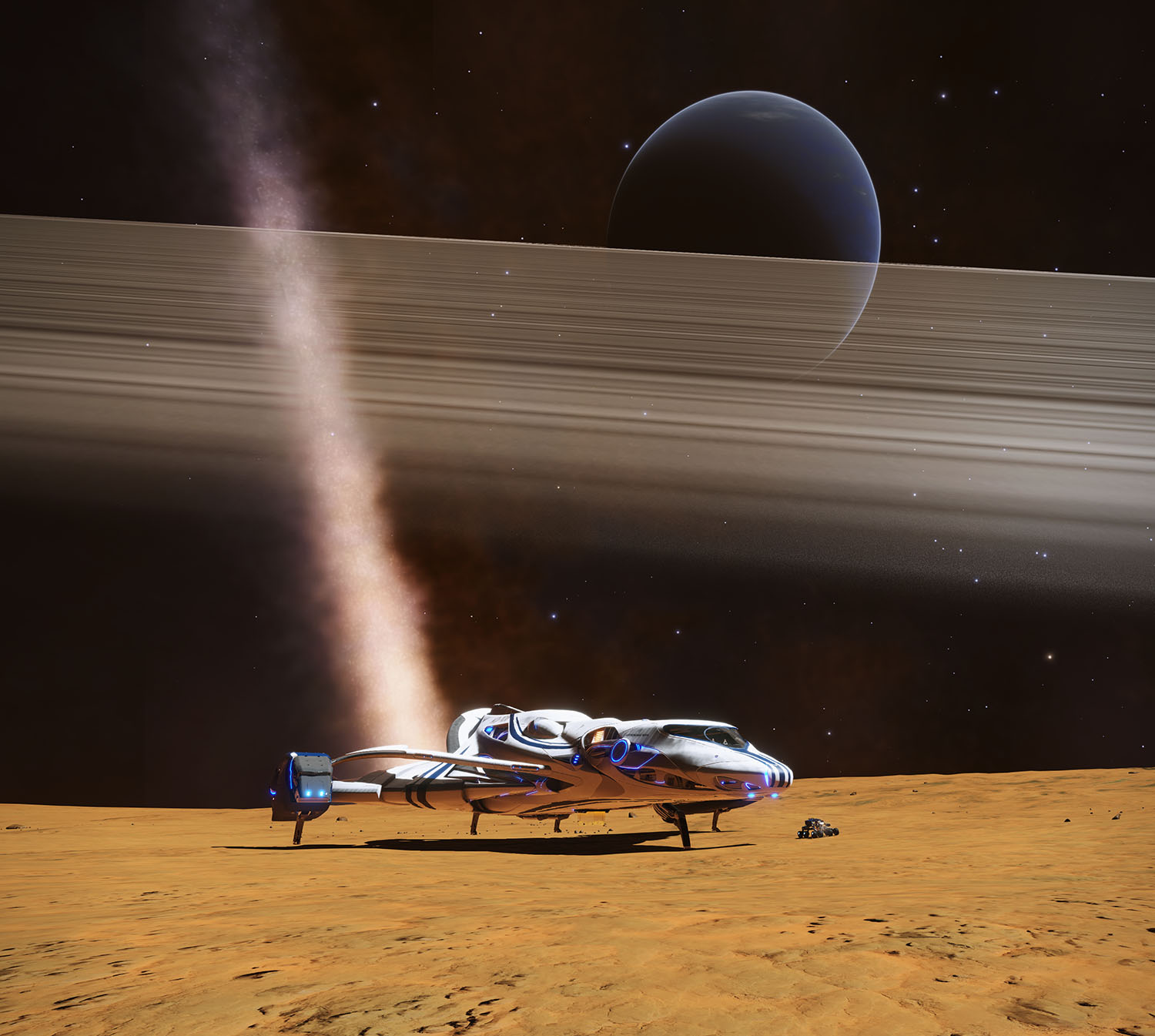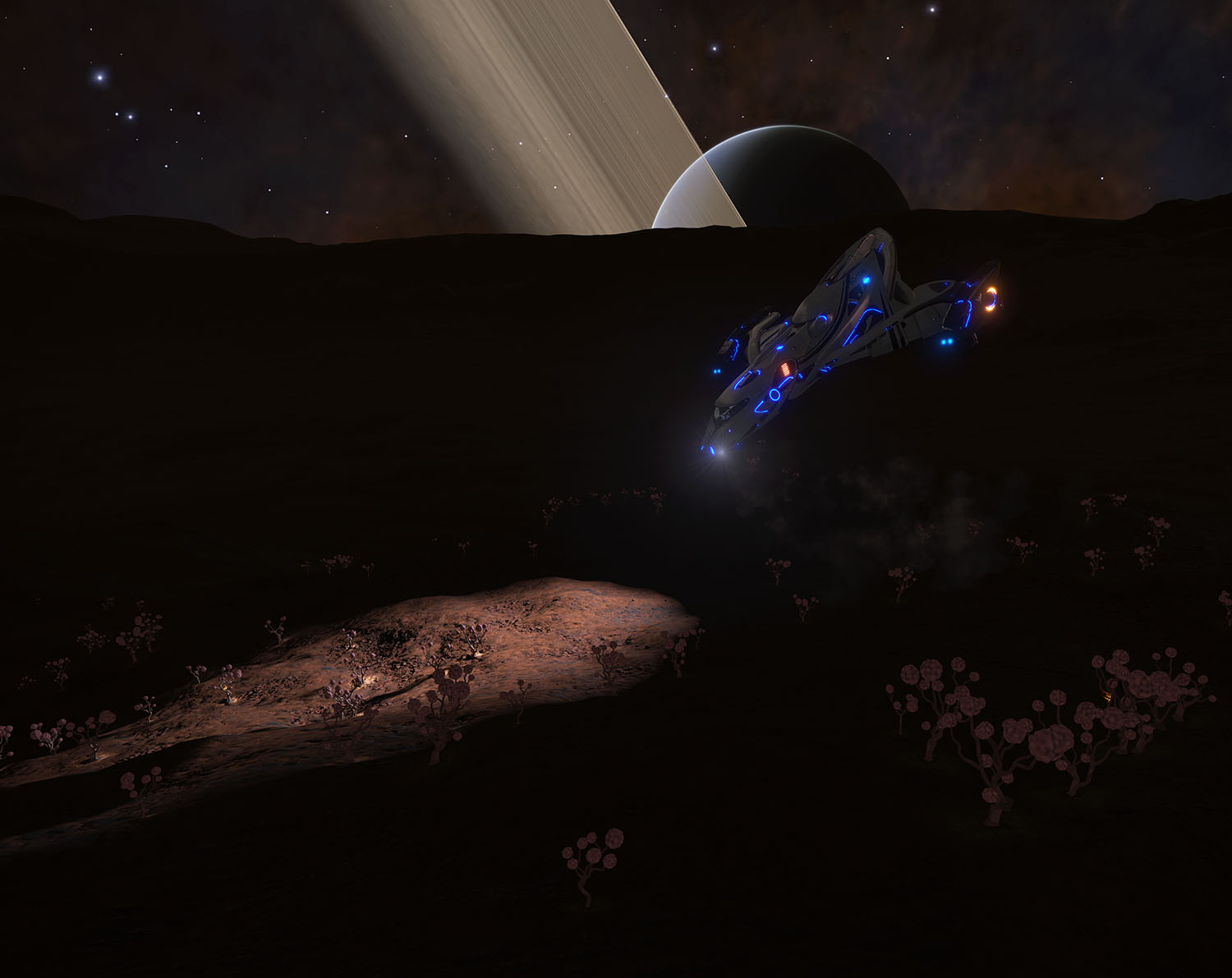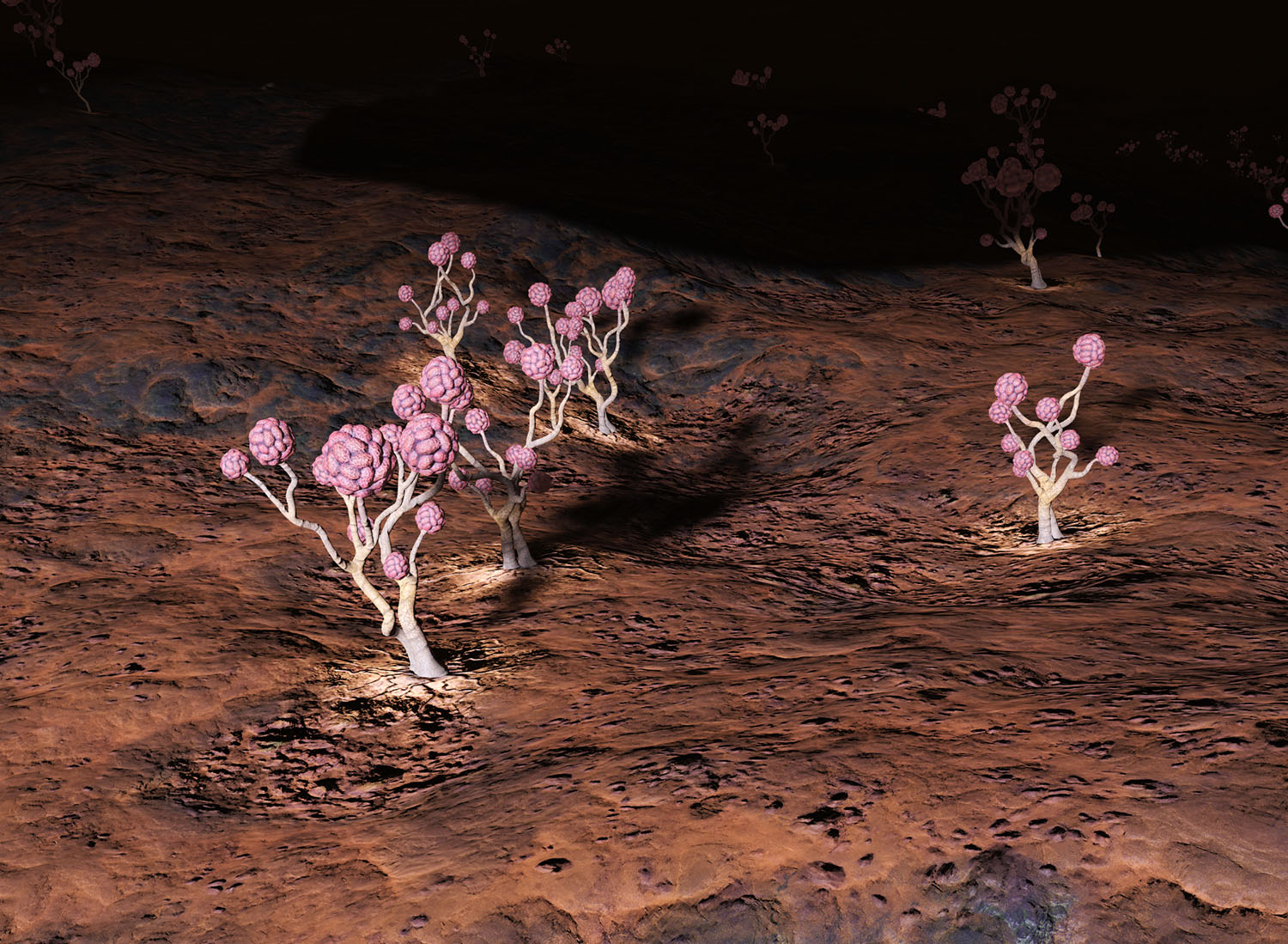<Criteria Comparator="And">
<Criteria Comparator="Equal" Value="0">
<Operation Operator="Multiply">
<FirstValue Type="EventData">StellarMass</FirstValue>
<SecondValue Type="EventData">WasDiscovered</SecondValue>
</Operation>
</Criteria>
<Criteria Comparator="Equal" Value="0">
<Operation Operator="None">
<FirstValue Type="EventData">DistanceFromArrivalLS</FirstValue>
</Operation>
</Criteria>
<Description>Undiscovered System</Description>
</Criteria>
<Criteria Comparator="Equal" Value="0">
<Operation Operator="Multiply">
<FirstValue Type="EventData">StellarMass</FirstValue>
<SecondValue Type="EventData">WasDiscovered</SecondValue>
</Operation>
</Criteria>
<Criteria Comparator="Equal" Value="0">
<Operation Operator="None">
<FirstValue Type="EventData">DistanceFromArrivalLS</FirstValue>
</Operation>
</Criteria>
<Description>Undiscovered System</Description>
</Criteria>
Not sure about binaries...
EDIT: Nevermind.
Last edited:







